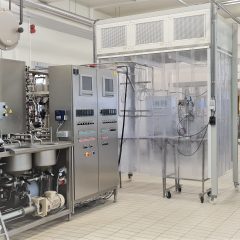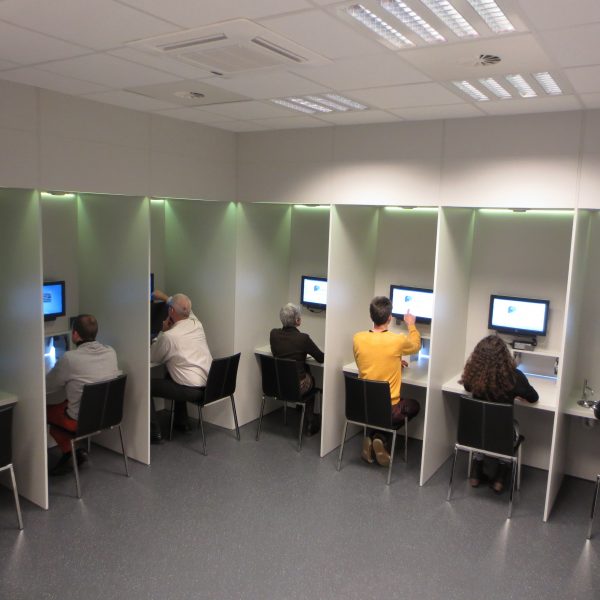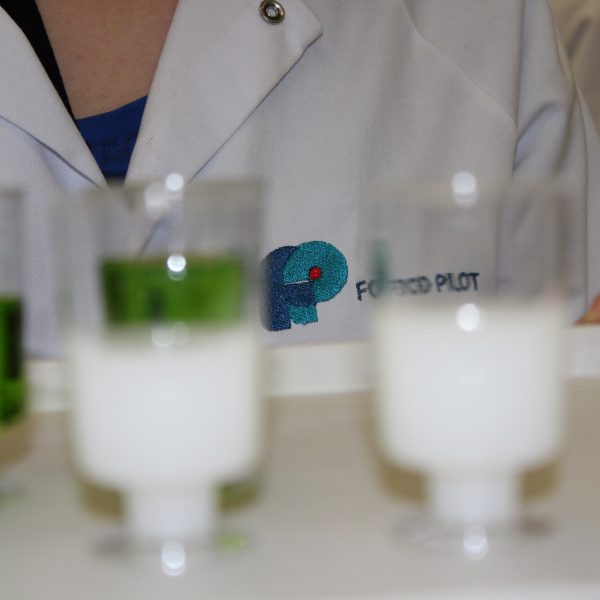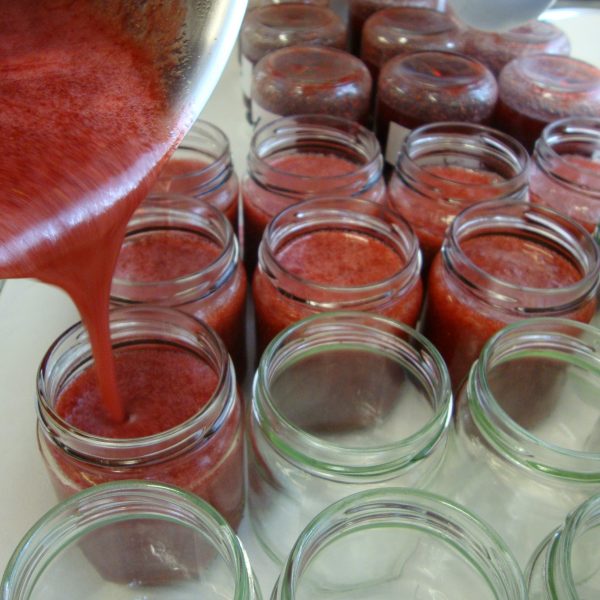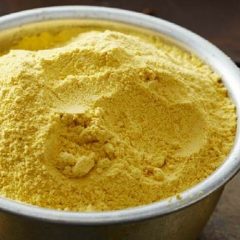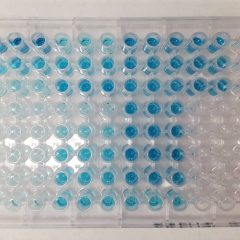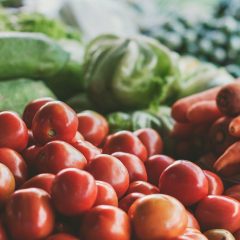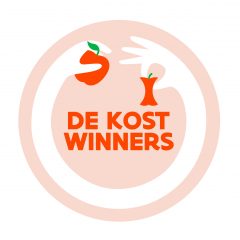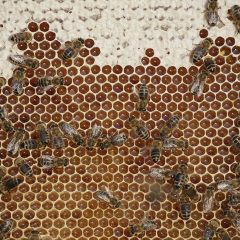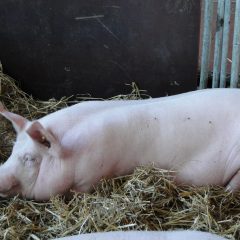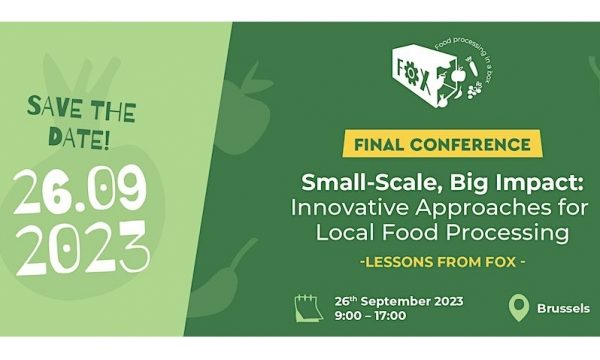Dossier Food: taste and aroma research
In addition to being safe and nutritious, food must taste good. Texture, taste and smell (together, the 'sensory' factors) largely determine the success of a food product. ILVO focuses on the development and validation of models that predict consumer appreciation, in order to optimize formulations or recipes in a targeted and efficient manner. Chemical odor and aroma determinations also provide insight into the molecular basis of taste and smell, as well as into deviations from these. A professionally equipped taste lab and trained sensory panels are used to test this knowledge and product or process adaptations in practice.
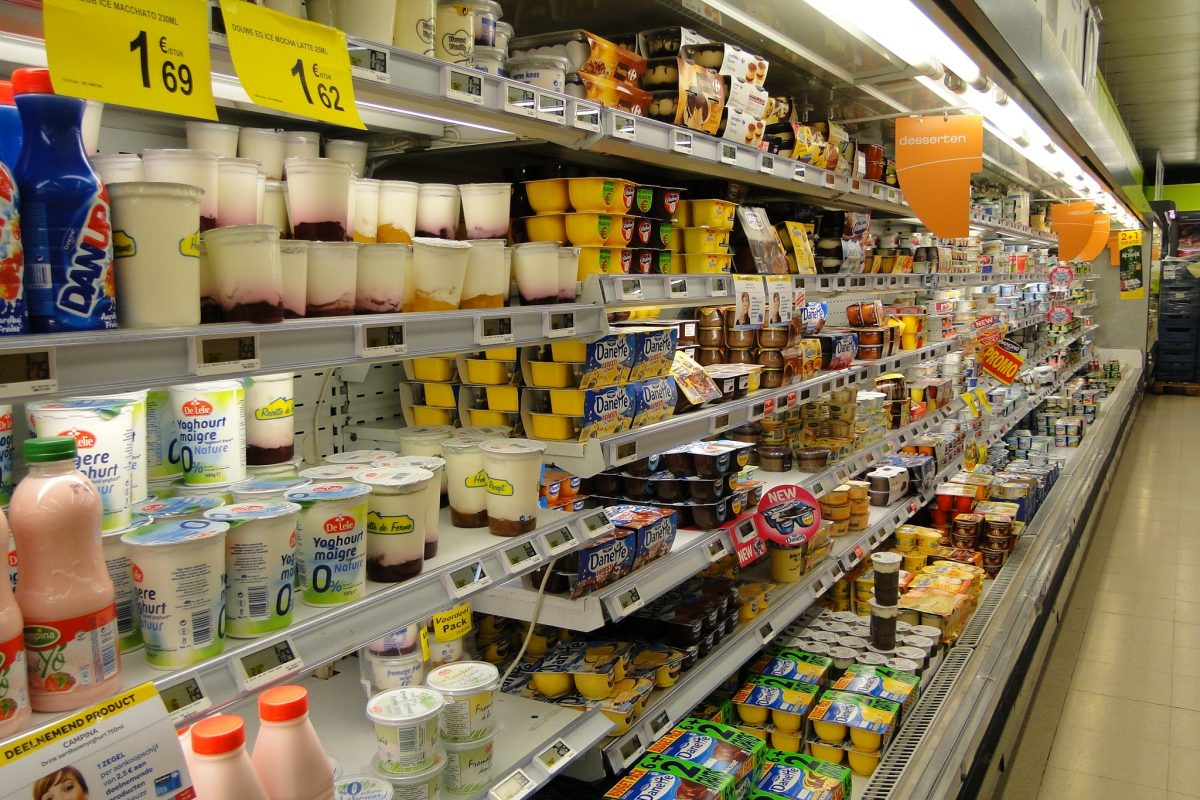
What does ILVO do?
-
ILVO has a professionally equipped taste lab, an ethics committee for smell and taste and trained sensory panels.
-
Both hedonic (acceptance research) and analytical (product-oriented research) taste tests are performed, as well as texture measurements.
-
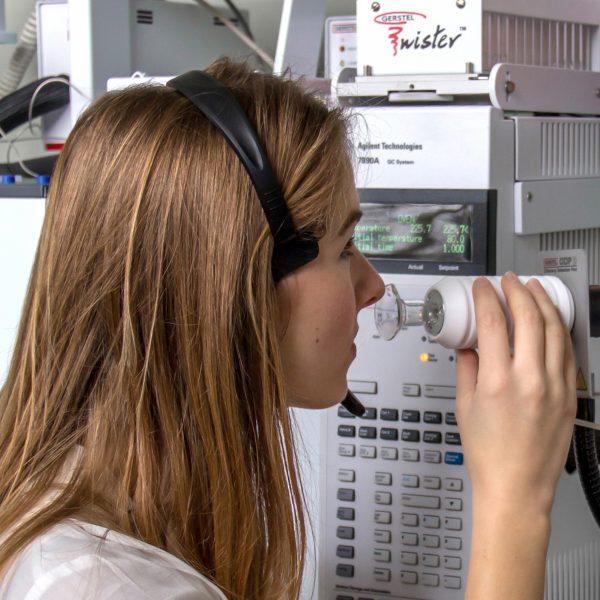 Volatile aroma components are sampled using SPME or SAFE and then detected and profiled using GC-MS(-O).
Volatile aroma components are sampled using SPME or SAFE and then detected and profiled using GC-MS(-O). -
Consumer appreciation of sensory attributes is predicted based on analytical parameters by using models.
-
Sensory results can be processed through a wide range of statistical methods (Fizz and R).
What is a professional taste lab?
The Food Pilot of ILVO and Flanders' FOOD has a taste laboratory that is set up in accordance with ISO8589:2007. This means, among other things, that there is a separation of kitchen and panellists, a separation of panellists from each other and adapted lighting to mask color differences.
Taste testing is always carried out under standardized conditions so that changes in the tasting environment and possible interferences with taste perception are excluded. The panelists are also operated individually, using a call light and pass-through system.
Linked to the activities of the taste lab, ILVO's Ethics Commission on Taste and Odor (ECSG-ILVO) has been established. This committee ensures that taste and odor tests are carried out in a safe and ethically sound manner. Independent experts critically evaluate the taste test and must approve its implementation before it can take place.
Taste tests and texture measurements
The Food Pilothas an internally selected taste panel that has already accumulated considerable experience in tasting food products in all kinds of research projects. The panel is selected for the recognition of the 5 basic tastes (sweet, sour, salty, bitter and umami) and is trained to evaluate different food products. Depending on the type of taste research and the specific question, both hedonic (acceptance research) and analytical (product-oriented research) tests are performed.
Certain sensory properties, such as hardness and mouthfeel, can be substantiated by texture measurements. The most common texture measurements are TPA analyses. These analyses simulate the first two chewing movements in the mouth and generate objective results that correlate well with the sensory examination.
Odor and aroma analyses
We perform odor and aroma analyses to study the impact of processing on the odor profile of products, to compare the odor profile of different food products/varieties/species, or to identify odor deviations (off-odor) in ingredients or food products which may or may not occur during the production process.
Detection, characterization and profiling of odor and aroma components are done by gas chromatography coupled with mass spectrometry (GC-MS). Before these volatile components can be analyzed with GC-MS they first need to be isolated from the food matrix. This can be done either via Solvent Assisted Flavor Evaporation extraction (SAFE ) for products where there is a risk of the formation of abnormalities due to thermal treatment (e.g. in sugar-rich products due to the Maillard reaction) or via Solid Phase Micro Extraction (SPME), a fully automated sampling technique. In this process, the food product is heated in a closed container and the volatile components are isolated from the above air phase using a fiber.
Using an in-house library of aroma components, the components measured with GC-MS can be identified. In addition to identifying the volatile components, their quantity can also be compared between samples (profiling).
Not every volatile component contributes equally to the aroma of the product. Some volatile components themselves have no discernible aroma. By coupling an olfactometric (O) detection in parallel with the MS detection, we can distinguish between the odor intensity of each component with GC-MS-O in addition to identification and profiling with GC-MS, using the human nose as a sensory tool.
Using the data from taste and smell tests
During product optimization or development, sensory research represents a crucial step. The sensory results can be used, for example, to detect significant differences between products. But for this, the sensory results must first be processed via suitable statistical methods and visual representations. ILVO makes use of the Fizz Biosystems software for this, whether or not combined with R codes developed in-house. Differences between products can e.g. be detected by statistical tests based on normally distributed data, such as an ANOVA test, or non-parametric tests, such as the Kruskal-Wallis test. These results are usually accompanied by a visual representation in the form of a bar or radar diagram or a principal components analysis (PCA) plot.
But more in-depth research is also possible, for which ILVO uses Fizz combined with self-developed R-codes. With these statistical techniques, the data can be modeled, significant correlations and interactions can be examined, sensory research as a function of time and repetitions or visual representations such as cluster analysis can be performed.
The range of statistical and visual tools through Fizz and R is very extensive and can be optimized and personalized according to the research or the wishes of the applicant.
Predicting consumer acceptance
In the Optimeat research project, ILVO has built up expertise in the construction of mathematical models that reliably and robustly predict consumer appreciation for various sensory attributes. This is done using a series of (objective) analytical parameters such as fat and protein content, pH, etc.
In order to set up the models, hedonic taste tests were conducted with about sixty consumers in the Food Pilot's taste lab and at the same time analytical tests were carried out on the same products. In total, models were created for five types of meat products: cooked ham, dried ham, cream pâté, aspic and cooked sausage.
Subsequently, an app was developed in which the user can easily predict the consumer appreciation of his or her product and can call up suggestions for further optimization of the product.
Contact an expert

Research projects


